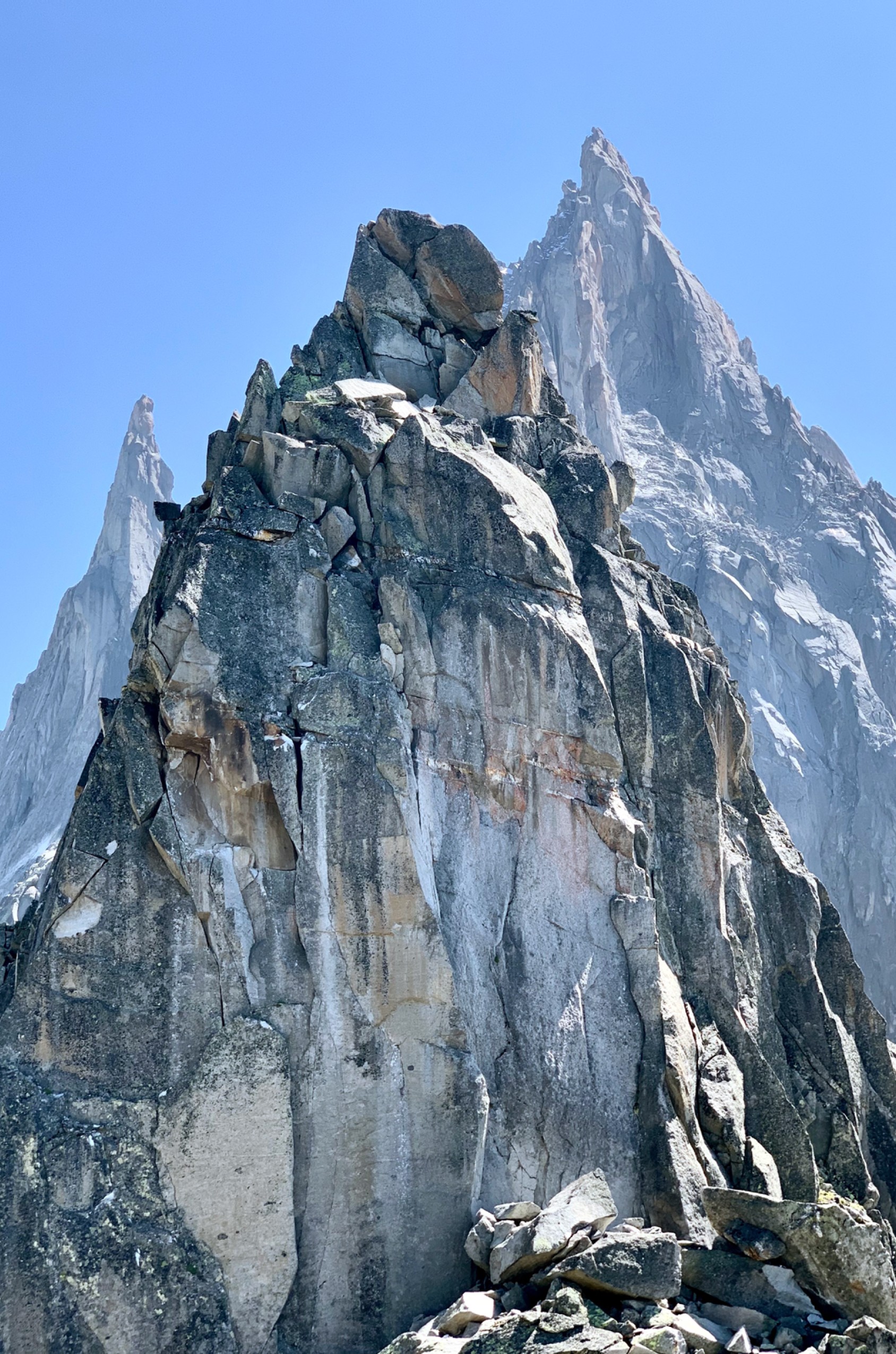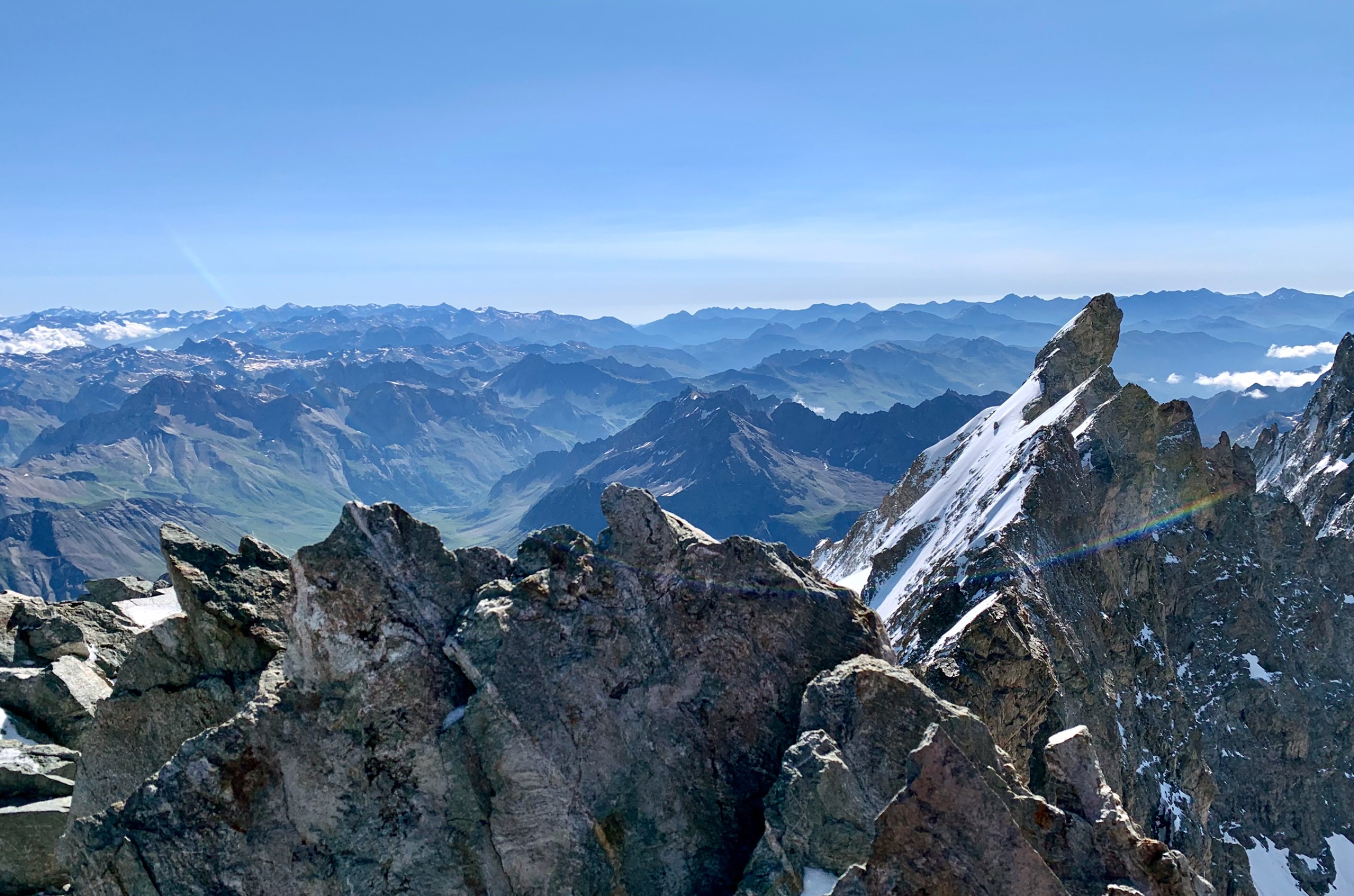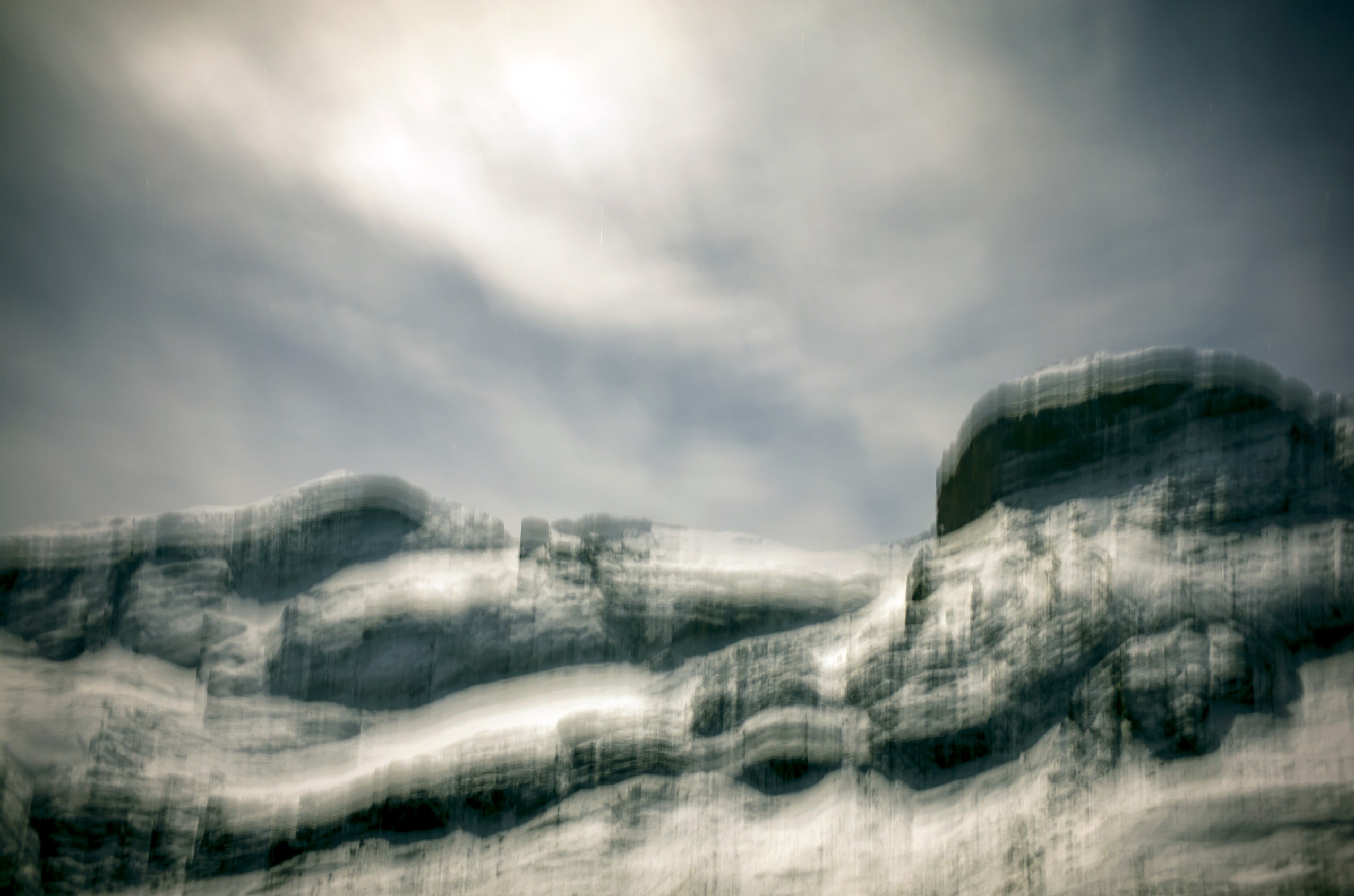Long ago—so long it slips into myth, in illo tempore—mountains were sacred. They rose beyond the reach of men, veiled in clouds and storms, sealed under snow and glaciers. They belonged to the gods.
If we choose to listen to mythology, mountains are not just mounds of rocks. They are the “axis mundi”, a point of convergence for the three great realms: Heaven, Earth, and the Underworld.
The Center of the World
Most mythologies place a sacred mountain at the center of the world.
In Hindu and Buddhist cosmologies, Mount Kailash (6,638 m), often identified as Mount Meru, is not merely a mountain. It is the pivot around which the world turns, the cosmic spine beneath the northern star. In Hinduism, Kailash is the eternal abode of Shiva. For Tibetan Buddhists, it is the dwelling place of Demchok, the deity of supreme bliss and enlightenment. From its slopes, four of Asia’s great rivers are born: the Indus, Sutlej, Brahmaputra, and Karnali. Water, too, flows from the center.
Among the Altaic peoples, a similar idea unfolds: Mount Belukha (4,506 m), or Sumeru in Mongolian, holds the Northern Star in place, anchoring heaven to earth.
The Avesta, the sacred text of the ancient Zoroastrian religion, speaks of Mount Elbourz (5,610 m)—Harā Berezaitī—as the axis around which the stars and planets revolve.
In the Nart Saga, folkloric tales shared by the peoples of the Caucasus Mountains, Mount Elbrus (5,642 m) is often depicted as the pillar that holds up the sky, a cosmic and geographical center connecting Earth to the heavens.
Mount Ararat (5,137 m) holds deep significance in Armenian tradition. It is believed to be the resting place of Noah’s Ark after the Flood, symbolizing rebirth and salvation.
In Greek mythology, Mount Olympus (2,918 m) is the residence of the gods, while the Atlas Mountains are imagined as the bridge between Earth and the stars, eternally held by the punished titan.
The Judaic tradition offers other central peaks: Mount Sinai (2,285 m), where Moses receives the Law in fire and stone; and Mount Tabor (588 m), Har Tavor, a hill spared from the Deluge, later a site of transfiguration meaningful for Christians. Its name, tabbur, means “navel.” A center once again.
And then, Golgotha (765 m). In Christian belief, this small hill becomes the very navel, the center, of the world: the place where Adam was buried, and where Christ’s blood, flowing from the cross, redeems the original Fall. A symbolic axis joining sin and salvation.
In Shinto belief, Mount Fuji (3,776 m) is home to various deities, including Konohanasakuya-hime, goddess of volcanoes, blossoms, and impermanence. She embodies the cycles of life, death, and rebirth.
As we can see, these myths aren’t isolated. From Mesopotamia to Scandinavia, from Japan to the Malay Peninsula, archaic civilizations have forged similar beliefs: mountains are a vertical axis that holds the universe together, a doorway between the visible and the unseen. Jacob’s ladder, the tree of life, or Eliade’s axis mundi, they all express this same underlying structure.
Sacred Cosmogony
Mountains are more than geography or geometry. They are not only the center: they are also the beginning. They stand at the threshold of time and mark the moment when the world emerged from chaos. The center of the world, then, is also a cosmogonic moment of Creation, anchoring human existence within the greater cosmic order.
Mountains appear again and again in the stories of creation, as openings toward illud tempus, the mythical time of origins. Their cosmogonic power comes from their union of two opposites: Earth and Sky. Feminine and masculine. Below and above. This sacred union, in many mythologies, precedes the act of creation itself. This cosmic marriage, hierogamy, becomes the template for all other beginnings.
This archetypal structure still echoes in our rituals, from weddings to solstice rites and collective celebrations. Even now, without knowing it, we often reenact sacred patterns, keeping alive the memory of the myth in our modern lives. To climb a mountain is not only to move upward, but to reenact a cosmogony, to suspend time, to step into another order of reality.
In Mircea Eliade’s words, it is a return to illud tempus. A reconnection with the moment when the world was whole.
The mountain is more than a place: it's a temporal doorway, a moment of transcendence in a rite of passage. An eternal return.
We like to think we’ve evolved. That myths are behind us, that old beliefs belong to old times. And yet, look up! At the summit of so many mountains, something remains: a cross, a Virgin Mary, a statue of Christ weathered by storms or struck by lightning. These are not just mere ornaments. They are echoes of a distant time, relics of an ancient intuition: the one that the summit touches something beyond the human world. That to rise is, somehow, to draw near the sacred.
The Determinism of the Sacredness
What explains the persistent sacredness of mountains across so many mythologies and folklores?
Why do mountains so often appear as cosmic centers?
By their very nature and stature, mountains have been a stage for human spirituality since the dawn of time.
Perhaps it’s simply their morphology: vertical, vertiginous, massive. They rise. They divide earth and sky. They dominate the horizon, awakening a sense of otherness, something radically above the human scale.
Then comes their inaccessibility. Until modern times, mountains remained out of reach, and that became part of their meaning. Their vicissitudes reinforced their status as unhuman places, mirroring the ontological separation between the mundane and the sacred. The mountain’s summit is the ultimate liminal space where the earth climbs straight into the sky.
Mountains have a special place in our collective memory, shaped by millennia of awe.
Long before they were measured, mapped or conquered, they told us something about what lies beyond, and about what lies within, giving meaning and structure to our world.
© Madalina Diaconescu, July 2025






